Topos is a must-have for successful landscape architects, planners, urban designers and architects all over the world.The monothematic issues provide a global overview of innovative projects, new developments and trends in the profession. Be part of the worldwide community of Topos readers!
COVER THE RIGHT TO THE CITY
Lost in Place • An abandoned industrial area in the south-west of the Bavarian capital of Munich, captured during the coronavirus pandemic by the German photographer Michael Nguyen. He shows a melancholic, even post-apocalyptic world in which all hope seems to be gone. The former concrete plant in the city district of Obersendling embodies emptiness, coldness, solitude. In his ongoing series BY THE ROADSIDE the photographer illustrates the fact that we can see beauty even within ugliness. We can do so by keeping our eyes open and viewing everyday life through the eyes of someone wandering along the roadside, between buildings or through abandoned places. We see footprints and all that remains after facilities are closed down. The great silence. At the second glance, however, there is something more, something beyond the melancholy of desertedness and emptiness, since abandoned industrial sites are spaces of opportunities and experimentation, too. The transformation of industrial sites always starts with the promise that everything is possible, that everything can happen right at this place. At the very least, there is the idealistic and somewhat naive idea of such a prospect, which only holds true until the real estate companies, venturers and investors arrive.
“WE ARE AT THE END OF GEOGRAPHIC MONOPOLIES.” • The history of human settlements is inextricably linked to the qualities of their geolocal sites via the dynamics of movement and sedentariness. It has been this way since the Neolithic Revolution. Now this has come to an end. What constitutes and shapes cities is an immaterial core of social life and its relationships. Around this core, built technological and economic structures materialize – formatted by geographical conditions. Dwellings, workshops, a marketplace, streets in between and above or in the center a temple or palace, in which the fate of the urban community is conceived – this is how the media philosopher Vilém Flusser characterizes the structure of urban civilization, which he views as unchanged for 6000 years, in his text “From Subject to Project.” The essay fragment, written in 1988/89, serves as a guideline for the exhibition “The City as a Data Field – How We Want to Live in the Future,” shown in Graz, Austria. Ever since we entered the post-digital era at the beginning of this millennium, this basic structure of the city seems to have been changing profoundly. The recent talk of the “smart city” does not do justice to the fundamental dimension of this upheaval.
Scott Streeb
Michael Van Valkenburgh
Buenos Aires • For his one and only visit to Buenos Aires in 1929 Le Corbusier traveled on an ocean liner from Bordeaux, France; the ship arrived at night and the architect described his first impression of the city and the river landscape in powerful words in his book, Precisions on the Present State of Architecture and City Planning: “All of a sudden, beyond the first beacon lights, I saw Buenos Aires. The smooth sea, flat, unlimited to left or right; above, your Argentine sky so full of stars, and Buenos Aires, that phenomenal line of light beginning at the infinite right and escaping to the infinite left… The simple meeting of the pampa and the ocean, in one line… Mirage, miracle of the night: the simple, regular, and infinite punctuation of the city lights shows what Buenos Aires is to the eyes of the traveler who has been alone for fourteen days on the ocean. […] This image has stayed with me, intense, masterly. I thought: there is nothing in Buenos Aires, but what a strong and majestic line!”
Crisis as...
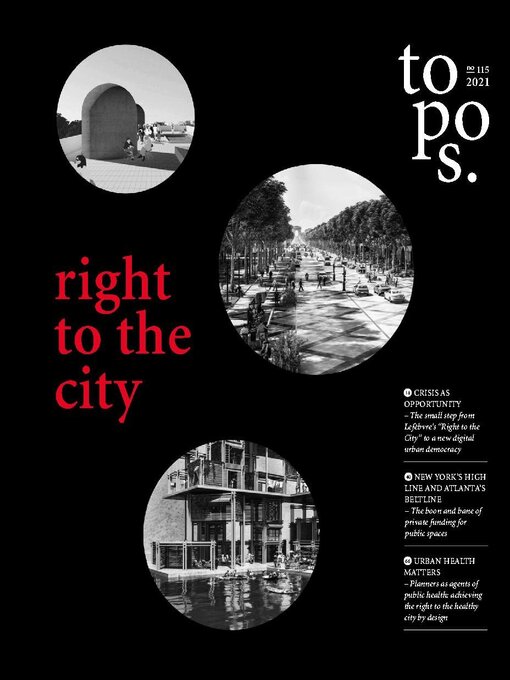
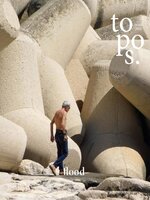 N. 130
N. 130
 N. 129
N. 129
 N. 128
N. 128
 N. 127
N. 127
 N. 126
N. 126
 N. 125
N. 125
 N. 124
N. 124
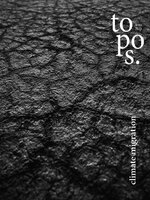 N. 123
N. 123
 N. 122
N. 122
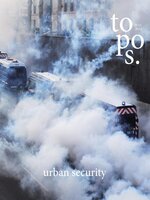 N. 121
N. 121
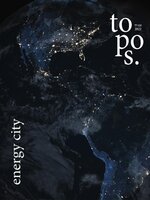 N. 120
N. 120
 N. 119
N. 119
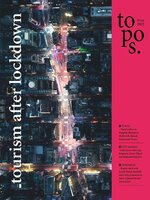 N. 118
N. 118
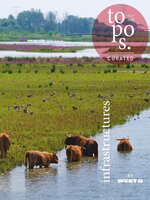 N. 117
N. 117